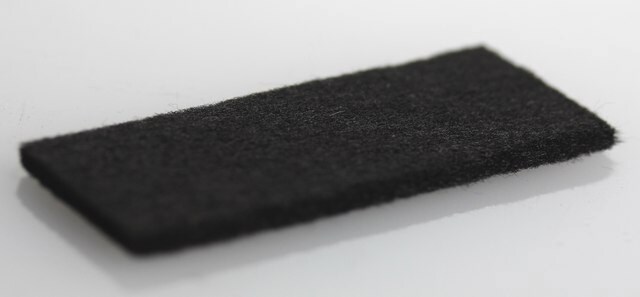GF12106897
Aluminum
foam, 150x150mm, thickness 6.35mm, bulk density 0.2g/cm3, porosity 0.93, 4 pores/cm, aluminum 6101 grade, 98.5%
Synonyme(s) :
Aluminum, AL003810
About This Item
Produits recommandés
Pureté
98.50%
Forme
foil
Température d'inflammation spontanée
1400 °F
Fabricant/nom de marque
Goodfellow 121-068-97
Résistivité
2.6548 μΩ-cm
Taille × épaisseur
150 x 150 mm × 6.35 mm
Point d'ébullition
2460 °C (lit.)
Pf
660.37 °C (lit.)
Densité
2.7 g/mL at 25 °C (lit.)
Chaîne SMILES
[Al]
InChI
1S/Al
Clé InChI
XAGFODPZIPBFFR-UHFFFAOYSA-N
Catégories apparentées
Description générale
Informations légales
Code de la classe de stockage
13 - Non Combustible Solids
Classe de danger pour l'eau (WGK)
WGK 3
Point d'éclair (°F)
Not applicable
Point d'éclair (°C)
Not applicable
Certificats d'analyse (COA)
Recherchez un Certificats d'analyse (COA) en saisissant le numéro de lot du produit. Les numéros de lot figurent sur l'étiquette du produit après les mots "Lot" ou "Batch".
Déjà en possession de ce produit ?
Retrouvez la documentation relative aux produits que vous avez récemment achetés dans la Bibliothèque de documents.
Notre équipe de scientifiques dispose d'une expérience dans tous les secteurs de la recherche, notamment en sciences de la vie, science des matériaux, synthèse chimique, chromatographie, analyse et dans de nombreux autres domaines..
Contacter notre Service technique



